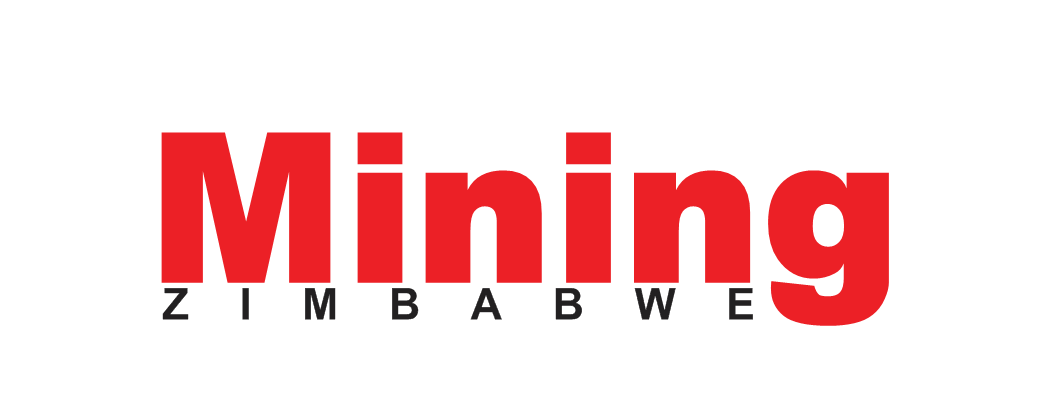Gold Miner using satellite imagery to monitor tailings

DRDGold is using satellite imagery to monitor its tailings dumps, in addition to quarterly drone surveillance.
An international tailings performance management system implemented ensures the integrity of data for day-to-day management and oversight.
“There’s a direct line from this into the board, so there’s no sugar-coating of information,” DRDGold CEO Niël Pretorius disclosed on Wednesday when the company reported a solid set of results and paid dividends for 15 years in a row.
In a presentation covered by South African publication, Mining Weekly, Pretorius described the surveillance technology being deployed as something about which he is particularly excited.
“I do believe that technology plays such an important role in managing an industry that is this complex and at this scale,” he added.
He was referring to the use of interferometric synthetic aperture radar imagery known as InSAR.
“This is satellite imagery that picks up the slightest movement in just the shape, height, and width of tailings facilities, so that if there is any movement of a sidewall, then this gets picked up and it’s brought to your attention. And then there’s the quarterly drone surveillance as well,” Pretorius said.
The disclosure points to the phenomenal sophistication being applied to those tailings dumps so evident around Johannesburg and on the East Rand and West Rand, which is placing the company in pole position to offer a complete tailings management solution to the world.
Tailings management has become a global demand in the wake of the horrific tailings disaster in Brazil and DRDGold considers that it can offer as an additional service, beyond the bounds of its own business, a complete tailings management solution, combined with rehabilitation, which is where its skillset lies.
An external tailings review panel is involved with the management of DRDGold’s tailings facilities, which are characterised by world-leading vegetation that has reduced dust to very low levels.
“This has been work that establishes a benchmark of what good environmental governance is all about, which comes down to the management of tailings,” Pretorius said.
“We run some of the largest in the industry, and although there’s a big move away from upstream deposition, the reality is that there are many of those out there, and they need to be managed in a way that limits their impact on the environment, and that’s where our focus really lies, in becoming the benchmark in the industry on that,” he said.
Sustainable development and rehabilitation expenditure is deeply embedded in the cash-rich company. Group cash and cash equivalents are 16% higher at R2.5-billion, which puts the company in a strong position to continue with its phase of capital expenditure, as well as taking up other growth opportunities. The group remains free of bank debt.


